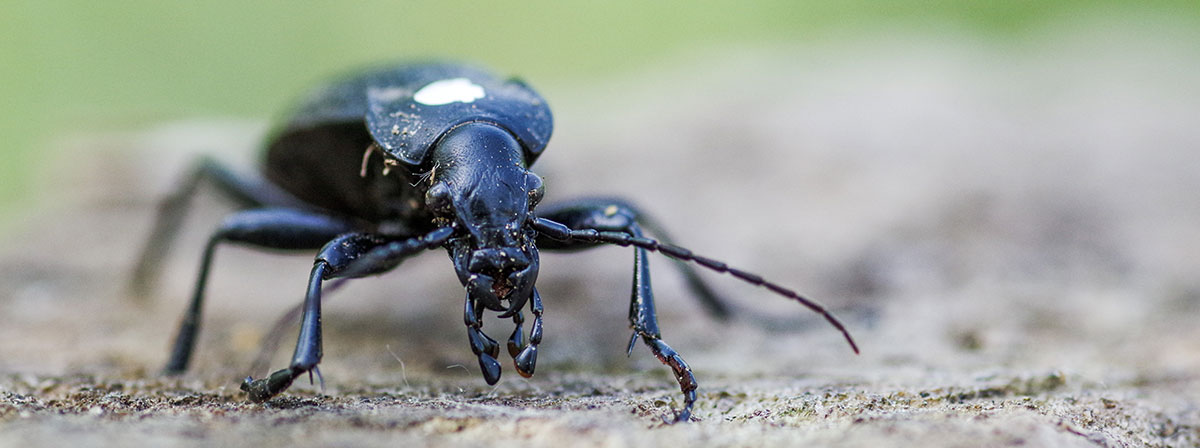Biodiversity
Action 4 - Study of the natural regulation of bio-aggressors
If the aerial and underground interactions between trees and crops have a direct impact on the performance of vegetables, they also have an indirect effect by modifying the trophic interactions between pests and the associated beneficial that can control them.
How and to what extent does agroforestry impact the communities of beneficial and pest? What biocontrol service to expect?
To answer this question : We proceed in several steps to study these complex interactions :
- Monitoring of seasonal and daily activity of the carabid and spider communities and functional traits study.
- Study of mobility of soil predators (ground beetles and arachnids) between crops and grass strips.
- Study of the activity-density and the diversity of epigeal arachnids within tomato crops.
- Study of activity-density of slugs and damage on lettuce.
- Assessing predation potential of predatory arthropods in the soil using sentinel preys.
- Study of activity-density of bedbugs and associated damage on tomatoes.
- Study of the impact of agroforestry on parasitism of stinkbugs Nezara viridula






Outputs
- A better understanding of biocontrol interactions in agroforestry systems, with a special focus on microclimate. New perspective for enhancing conservation biocontrol and pest regulation in these systems.
